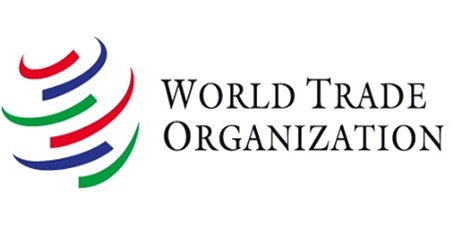On 12 August 2020 the WTO issued an information note on Trade Costs in the Time of Global Pandemic. The note uses information from the WTO’s forthcoming Global Trade Costs Index and other available indicators to look at the effect on trade costs of actions taken during the COVID-19 crisis.
Transport and Travel Costs
Cost such as transport margins, business travel costs and the time costs of goods in transit account for around 31% of trade costs in manufacturing trade and 15% in agriculture. They also account for around a third of the trade costs of cross-border supplies in business and professional services. The trade restrictions and border closures associated with the pandemic have had a direct effect on trade in goods by disrupting cargo transport. They have also affected services by putting a halt to consumption abroad and by restricting physical trips abroad by suppliers.
Disruptions to cargo services affect trade costs in manufacturing industries both in terms of prices and delivery times. Although maritime and land transport have continued to function even with delays, air freight transport has faced severe disruptions. There has been a large reduction in passenger flights which account for half the air cargo volume. This has led to a sharp decrease in air cargo capacity and an increase in prices. This has severely affected producers of perishable goods, medical suppliers and supplies of components. This further disrupts manufacturing supply chains which require fast delivery of inputs.
Trade Policy Costs
Trade policy barriers and differences in regulations between countries account for at least 10% of trade costs globally. These include tariff and nontariff measures, temporary trade restrictions, regulatory differences and the costs of crossing borders, as well as other policies that impact trade, such as the lack of investment facilitation or intellectual property protection.
A number of countries have taken measures to facilitate the import of certain medical products and personal protective equipment by eliminating import tariffs, setting up priority clearance channels, simplifying documentary requirements, and cooperating with other border agencies.
Many countries have also imposed some export-restrictive measures. By the end of April 2020 around 74 countries had introduced export prohibitions, licences or controls in relation to medical equipment and supplies and pharmaceuticals but also including some foodstuffs.
Under the WTO rules, export restrictions should be designed to be targeted, proportionate, transparent and temporary. Most of the export-restrictive measures implemented in response to the pandemic were described as temporary, and many have already been removed.
There have been some measures to facilitate the border clearance of goods generally, with automated procedures reducing personal contact. These measures if they continue could lower the costs of cross-border trade. The digitalization of customs and regulatory procedures generally should have positive long-term effects on border costs.
Uncertainty
The impact of higher trade costs is increased by uncertainty. Businesses are reluctant to invest in new trading relationships and the contraction of trade finance creates problems for emerging economies. Lenders are more risk-averse and businesses cannot obtain the finance to meet the cash flow problems resulting from the fall in demand for goods and services. Governments and international organisations should therefore take action on trade finance to prevent the export credit crunch worsening the impact of the crisis.












